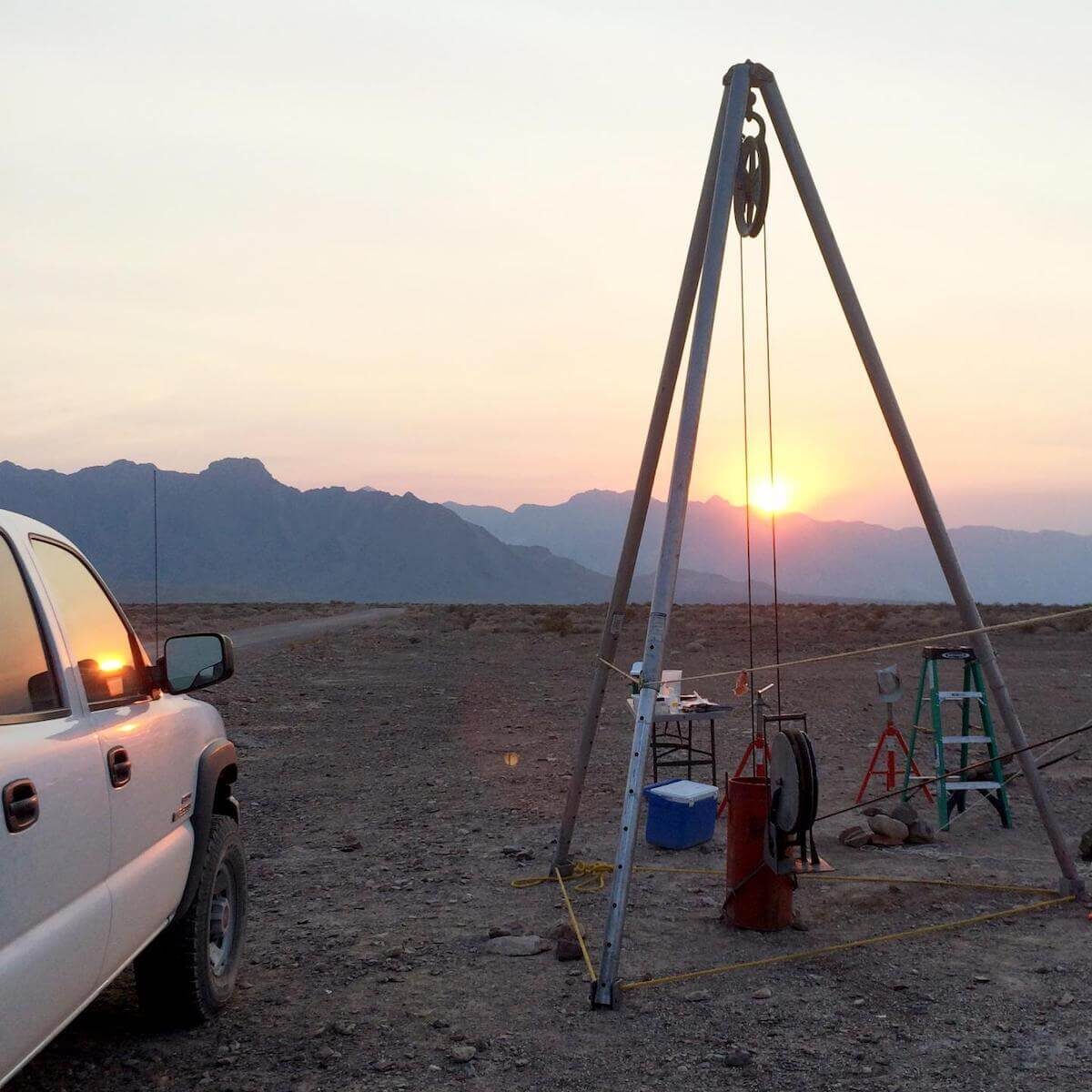
First discovered three kilometres down a South African gold mine, the microbe (Candidatus Desulforudis audaxviator) lives in water-filled pockets inside rocks far below the surface, feeding off the energy created in chemical reactions caused by natural radioactivity in minerals.
The research team, led by the Bigelow Laboratory for Ocean Sciences in the US, set out to understand how this microbe evolves in isolation. They discovered other populations in Siberia and California: two very different environments that the team expected would lead to clear differences between the populations as they adapted to their surroundings.
"We thought of the microbes as though they were inhabitants of isolated islands, like the finches that Darwin studied in the Galapagos," says co-author Ramunas Stepanauskas from Bigelow.
But when they examined the genomes of 126 microbes from three different continents, they were almost identical.
The researcher ruled out cross-contamination, and found no evidence that the microbes could have travelled long distances, seeing as they are unlikely to last in the presence of oxygen or survive on the surface.
"The best explanation we have at the moment is that these microbes did not change much since their physical locations separated during the breakup of supercontinent Pangaea, about 175 million years ago," Stepanauskas says. "They appear to be living fossils from those days."
Most well-studied bacteria, such as E. coli, are incredibly quick to adapt to environmental changes (like antibiotics, for example). But this study suggests that not all microbes evolve at the same pace.
"This discovery shows that we must be careful when making assumptions about the speed of evolution and how we interpret the tree of life," says Eric Becraft, lead author from the University of Northern Alabama. "It is possible that some organisms go into an evolutionary full-sprint, while others slow to a crawl, challenging the establishment of reliable molecular timelines."
The researchers suggest that the microbes may possess protections against mutations, locking in their genetic code. Mutations occur during the replication of DNA. This copying is performed by enzymes called DNA polymerases, which are widely used in biotechnology applications. If these microbes have extremely accurate DNA polymerases that rarely make mistakes, this could be a boon for biotech.
"Such enzymes may be useful for DNA sequencing, diagnostic tests, and gene therapy," Stepanauskas says.
The study also advances the study of deep subsurface microorganisms, which were essentially unknown until 30 years ago but are now thought to comprise 10% of our planet's biomass.
The study is published in ISME Journal.



Reader Comments
perhaps you were thinking of robert bigelow who owned bigelow aerospce in nevada; however, this ocean sciences company is located in maine, founded by charles and deborah yentsch in the '70's.
and how are things in the People's Republic of China these days ?
Fossil:
[Obs.] any rock or mineral dug out of the earth
2 any hardened remains or imprints of plant or animal life of some previous geologic period, preserved in the earth's crust, including petrified wood and various resins
3 anything fossilized or like a fossil
4 a person who is old-fashioned or has outmoded, fixed ideas
Maybe number 4 (research team, led by the Bigelow Laboratory for Ocean Sciences)?